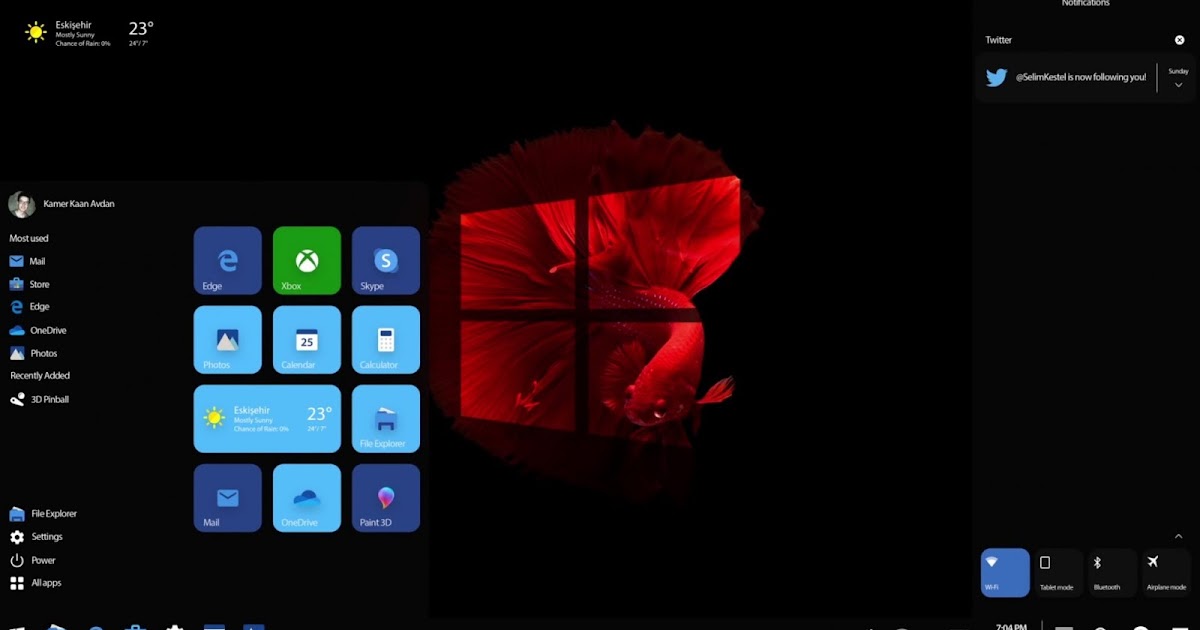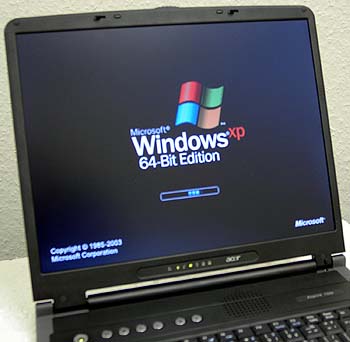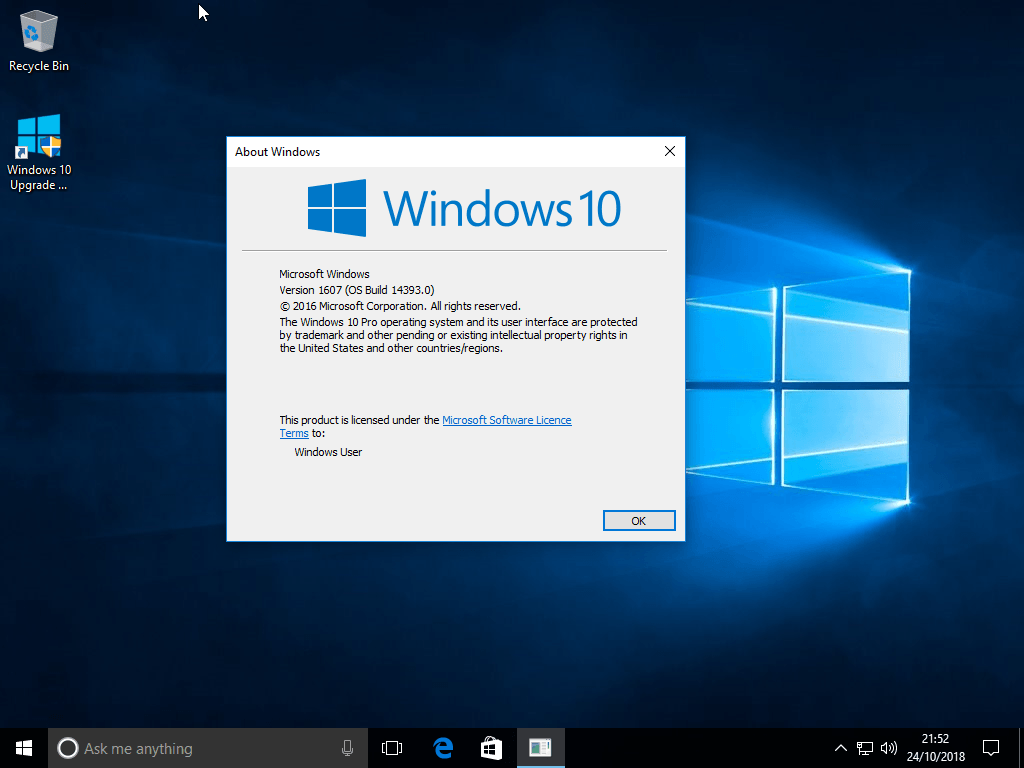

64 steps and 16 parameter layers, or 256 steps and 4 parameter layers. * two “common” MIDI IN and MIDI OUT ports, up to 8 additional MIDI OUT ports can be added with MBHP_IIC_MIDI modules * USB MIDI natively supported, MIDI events are sent more than 100 times faster to a DAW/virtual synth now stored on SD Card in a FAT32 filesystem

* firmware completely rewritten in C – it can be optionally emulated under MacOS * uses the new MBHP_CORE_STM32 module (ARM Cortex M3 based derivative) To celebrate it’s release we threw a relaxed party to demonstrate this new instrument and have a bit of fun! Performances by: Star6 is an innovative new iPhone instrument by Jason Forrest and Agile Partners. Star6 is a iPhone/iPod touch app that allows the user to manipulate and perform with samples by moving their phone in the air. ""An Evening With Star6" - Berlin, Germany happened on Sept 4th, 2009 at Jacki/Josephclub Maria am Ostbahnhof.
#Photosounder 64 bit Patch#
In sum, these synths seem quite inexpensive for what's inside and with this added analog control (now it's somewhere between a Juno-6 and -60 as far as patch storage and user control), it's a lot more fun to play!"Īn Evening With Star6 - Berlin (Compilation) from Star6 on Vimeo. Joystick/Knob select switch (vertical joystick disabled in favor of rotary knobs) I think you could make ALL of the parameters under analog control, but to go beyond what I did, you'd have to modify each voice circuit, which is a lot more work.
#Photosounder 64 bit mods#
The parameters I brought out were the global ones (changes made by the microprocessor to all voices at once), which made it easy to have one knob or switch control all voices - all my mods are either switches or resistors/pots, no active electronics were added. This meant that these parameters could not be stored in patches (though other parameters still would be), but I was willing to forgo that since I basically just play for fun, not on stage. So, I decided to bring out a lot of these parameters of the P61 out to the panel and convert them to true analog control. IMO, this sucked because 1) it inhibited sound exploration 2) the resolution on the voice and modulation parameters was limited. The P61 designers apparently wanted to save money and followed the lead of the Rhodes Chroma and Moog Source in the user interface, so the P61 used a digital button interface to adjust parameters settings. What the Junos have over the P61: chorus and, most importantly, analog controls to tweak all parameters. What it has over the Junos: an extra true-digital oscillator (fairly lame, but useful for some things), real analog envelopes, two LFOs.

So it's essentially an analog polysynth under digital control. I swapped out the keyboard PCB from a dead Korg DW-6000 and now it works perfectly (I recommend if you can find a dead DW6k and you're trying to repair a Polysix or Poly-61, you'll be amazed how much better the DW6k keyboard works).Īnyway, the P-61 is a lot like a Juno-60 or -106, in that each voice has one real digitally-controlled sawtooth core oscillator (DCO), VCF, and VCF. The most problematic was the non-triggering keyboard. I got it for cheap off local Craigslist because of some issues.


 0 kommentar(er)
0 kommentar(er)
